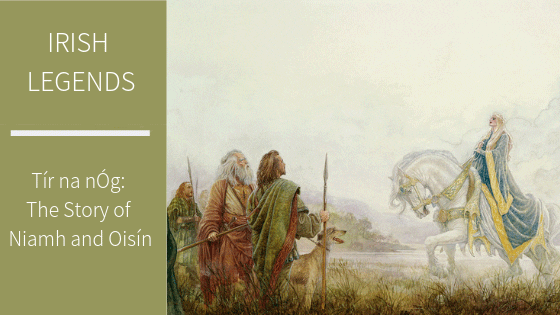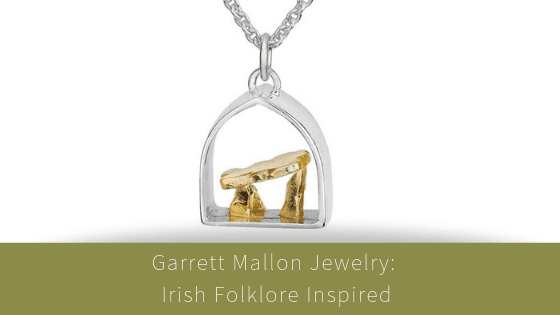Ireland has many unique Christmas traditions. From the very poignant to the downright bizarre, Ireland’s festive celebrations are truly one of a kind.
The Christmas Candle in the Window
On Christmas Eve, many families place a solitary candle in the window as a gesture of festive charity and goodwill to others. The light in the window tells strangers that they are welcome to enter for food and a place to rest. The tradition of the candle also carries religious symbolism; representing a warm welcome to Mary and Joseph as they search for lodgings on Christmas Eve.
The Christmas Candle is also a way of remembering those who are far away from home. During the 1990s, President Mary Robinson had a candle installed in the window of the Áras An tUachtaráin – Ireland’s presidential residence – as a a way of honoring the Irish diaspora. This candle would remain permanently alight to show Ireland’s emigrants the way back home.
Wren Boy Procession
The Wren Boy Procession is one of Ireland’s most unique Christmas customs. On this day, the Wren Boys paint their faces and dress in striking costumes made of straw. They parade around town carrying a holly bush on a pole singing, dancing and making music to raise money for charity.
“The wren, the wren, the king of all birds,
On St. Stephen’s Day was caught in the furze,
Although he is little, his family is great,
I pray you, good landlady, give us a treat.”
There are many conflicting theories about the origins of this strange custom. Each story, whether from Celtic times or even the War of Independence, highlights the supposed treacherous nature of the little wren bird. Originally, during the parade this poor creature would be hunted and put on display and the Wren Boys would raise money for the bird’s funeral. Thankfully, the parade has evolved into a far more animal-friendly affair over the years.
Women’s Little Christmas
In Ireland, Christmas officially ends on the 6th of January or as we like to call it: “Little Women’s Christmas.” Families must take down their decorations on this day or else they risk bad luck!
On this day, the woman of the house gets a much deserved break while the men take care of the housework. This custom originated in the West Coast to give tired homemakers a respite from the stress of masterminding Christmas festivities. Women would use the day to visit each other for tea, cake and a natter. Despite the somewhat old-fashioned nature of this tradition, many women today still celebrate Nollaig na mBan (pron. Null-ig nah Man) as it offers a welcome excuse to let their hair down and some festive fun with their girlfriends!








